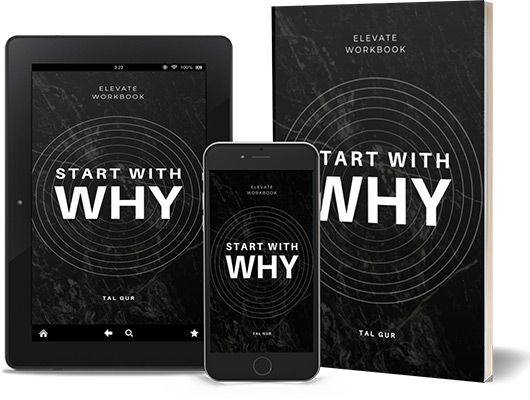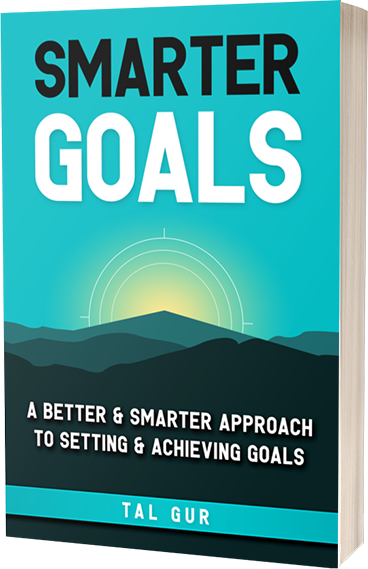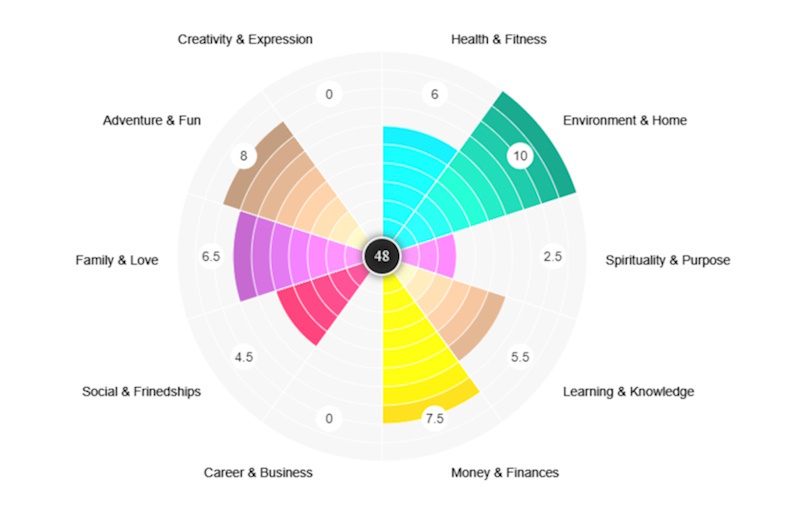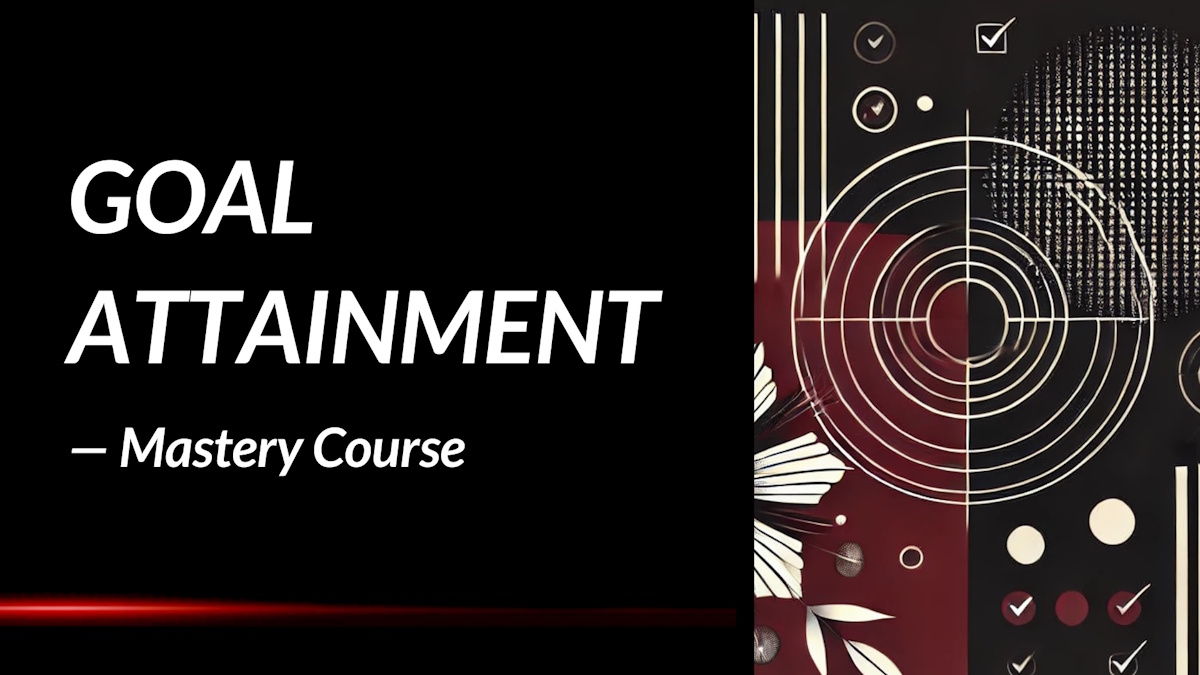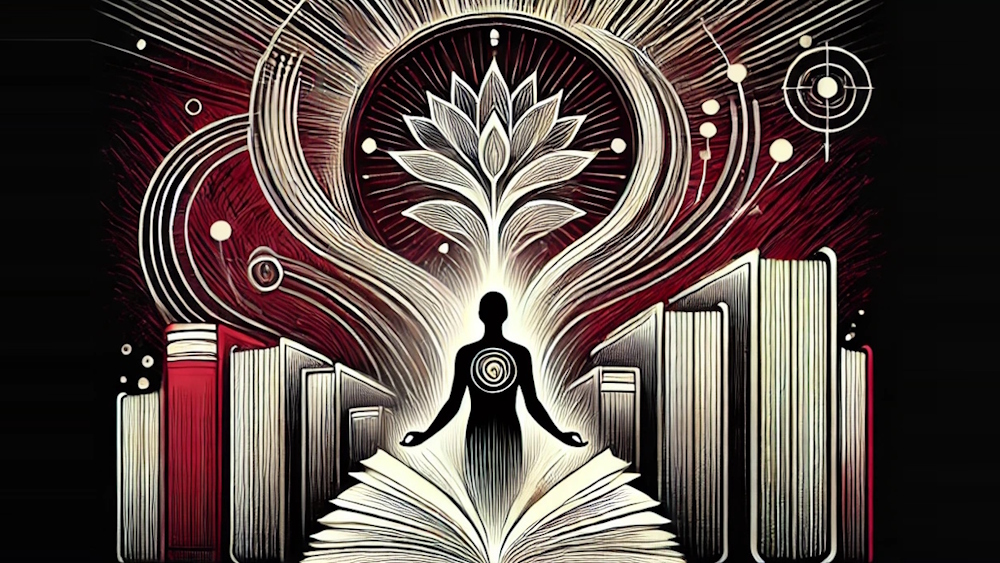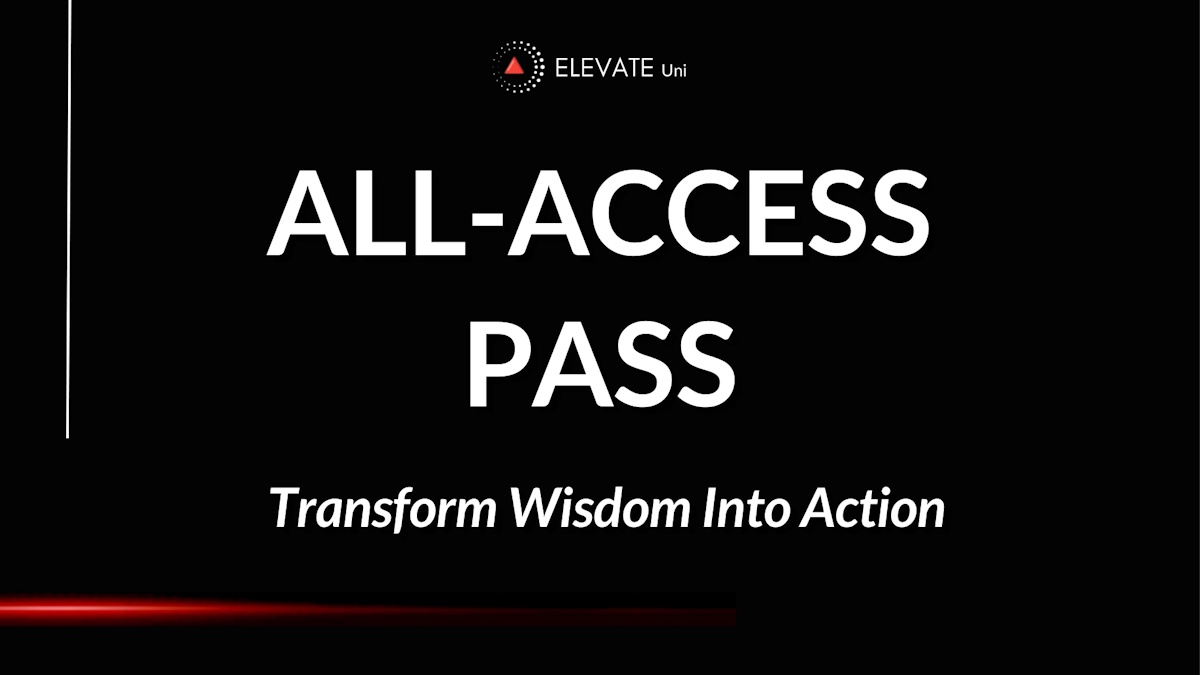The Accidental Creative: Summary Review
What if your greatest ideas could come not from waiting for inspiration but from building a life that invites it? In The Accidental Creative, Todd Henry offers a fresh and empowering blueprint for producing creative brilliance consistently, even under the pressures of deadlines and demands.
What is the Book About?
The Accidental Creative is a guide for anyone who works in a fast-paced, idea-driven environment, offering clear strategies for thriving creatively even when inspiration doesn’t strike naturally. Todd Henry argues that creativity isn’t a mystical process reserved for a few lucky individuals—it’s a discipline that anyone can master with the right habits, mindset, and structure. Through practical advice and compelling insights, he breaks down how creative professionals often set themselves up for burnout by neglecting their inner rhythms and how building intentional practices can lead to sustained brilliance without sacrificing personal well-being.
At its heart, the book is about designing a life that supports the creative process instead of stifling it. Henry introduces the concept of "creative accidents," explaining how moments of breakthrough often arise from a foundation of steady, structured preparation. Rather than waiting for lightning to strike, he shows how you can create the conditions where it strikes more often. This book provides an essential toolkit for anyone looking to stay inspired, energized, and effective in an increasingly demanding world.
Book Details
Print length: 241 pages
Language: English
Publication date: July 7, 2011
Genre: Business & Personal Development
Book Author
Core Theme
The central theme of The Accidental Creative is that creativity isn’t accidental—it’s the byproduct of intentional preparation and disciplined living. Todd Henry believes that the common notion of waiting for inspiration is dangerous because it leaves people at the mercy of unpredictable moods and external circumstances. Instead, he advocates for building "creative rhythms"—daily and weekly practices that protect the mind, feed curiosity, and generate fresh ideas consistently. These rhythms include managing focus, relationships, energy, stimuli, and hours of reflection to keep creativity alive and accessible when needed most.
Henry’s philosophy resonates strongly with modern professionals overwhelmed by deadlines, meetings, and the constant demand for innovation. He argues that without structure, creatives are vulnerable to stagnation and burnout. The book empowers readers to take control of their creative processes instead of hoping for spontaneous brilliance. By embedding simple, actionable habits into their routines, readers can transform their work and life, ensuring that creative brilliance is not an accident but an expectation.
Main Lessons
A few impactful summary lessons from The Accidental Creative:
1. Simplicity Clears the Path for Creative Success
Creativity often drowns in unnecessary complexity when we allow confusion to mask our insecurity. Instead of endlessly layering systems and jargon to appear competent, true creative success comes from simplifying processes and clarifying objectives. By focusing on why we are doing the work and keeping strategies aligned with goals, we can use our full creative energy on meaningful progress rather than maintaining an elaborate facade. Creativity thrives when we strip away the clutter and operate with crisp clarity.
2. Fear of Judgment Strangles Your Brilliance
One of the most silent yet deadly assassins of creativity is the fear of social exclusion and judgment. We often worry about how peers, clients, or the public will perceive our ideas, fearing ridicule or rejection. However, the true risk lies in playing it safe and allowing fear to dilute our boldness. A life spent avoiding creative risks eventually leads to mediocrity, and mediocrity carries a heavier burden than any short-lived embarrassment ever could. True brilliance emerges when we lean into courage rather than retreat into conformity.
3. Escalating Expectations Derail Creative Flow
Success often becomes a hidden enemy when it escalates our expectations beyond healthy limits. Instead of allowing creativity to unfold naturally through trial, error, and refinement, we sabotage the process by prematurely rejecting ideas that don't meet inflated standards. By clinging to past triumphs, racing impossible deadlines, or comparing ourselves to our heroes, we inadvertently block the evolution of fresh ideas. Creativity needs permission to be imperfect before it can grow into excellence.
4. Focus on the Critical Few, Not the Trivial Many
A major pillar of sustaining creativity is mastering the art of focus, specifically by identifying and committing to your Big 3 critical projects or insights. These represent the heart of your current creative life, and nurturing them with consistent attention prevents your energy from being scattered across trivial tasks. Treating your most important creative loops with urgency and reverence ensures that your brilliance is channeled into results that truly matter.
5. Relationships Expand Creative Capacity and Courage
Creativity is not meant to be a solitary pursuit. Rich relationships provide safety to be real, courage to take risks, and wisdom to guide growth. Purposeful connections with mentors, visionaries, and trusted peers foster a dynamic environment where ideas multiply, self-doubt diminishes, and generosity becomes a cornerstone. By investing in meaningful relationships, creatives draw on lifetimes of collective experience and unlock new dimensions of possibility.
6. Managing Energy Is More Vital Than Managing Time
Brilliance demands energy, not just time on the clock. Building sustainable rituals around sleep, exercise, nutrition, and mindfulness ensures that your creative reserves remain full and responsive. Energy management means intentionally fueling your body and spirit so that creative work becomes invigorating rather than depleting. A vibrant creative life is powered not by grinding harder but by maintaining a well-charged internal battery.
7. Curate Your Stimuli to Fuel Innovative Thinking
Your creative output will never exceed the quality of your input. Being deliberate about the books you read, the conversations you engage in, and the experiences you seek shapes the raw material available for innovation. Each day should include stimuli for both personal and professional growth, and cultivating a broad, enriched mental library ensures that when inspiration strikes, it has a deep well to draw from.
8. Your Calendar Reveals Your True Priorities
How you allocate your hours is a direct reflection of what you truly value, no matter what you say otherwise. Consistently reserving time for high-value creative work, even when it feels mundane or invisible, builds momentum toward lasting success. Being disciplined about protecting creative time from distraction and lesser obligations transforms intentions into realities, setting you apart from those who allow their priorities to be dictated by external noise.
9. Simplicity in Systems Keeps Creativity Alive
Processes are meant to serve your creativity, not shackle it. Overcomplicating systems in the name of optimization often leads to bureaucratic bloat that strangles the very innovation you seek to nurture. Regularly stepping back to review and simplify your habits ensures that you stay agile, adaptable, and free to focus on creating meaningful work rather than maintaining unnecessary routines.
10. Comfort Is the Enemy of Greatness
The most profound creative breakthroughs often lie just beyond the edge of comfort. Choosing growth over ease, risk over complacency, and discipline over fleeting moods is what differentiates those who leave a legacy from those who merely perform. Living intentionally, making careful commitments, and embracing the tension of discomfort lead to a life where creativity is not just an occasional spark but a sustained fire that drives everything you do.
Key Takeaways
Key summary takeaways from the book:
- Creativity thrives within structures, not in the absence of them—build rhythms that support your creative output.
- Protecting your focus is essential; avoid distractions that fragment your attention and energy.
- Regularly engage with diverse stimuli and new ideas to keep your mind fresh and flexible.
- Meaningful collaboration with others can fuel creativity—choose your relationships intentionally.
- Reflection is crucial—set aside time to process experiences and insights rather than racing from task to task.
Book Strengths
The Accidental Creative stands out for its practical approach to a topic that often feels elusive and intangible. Rather than offering abstract theories about creativity, Todd Henry provides real, implementable practices that any professional can use. Readers and critics alike praise the book for being refreshingly straightforward, immediately applicable, and full of relatable examples that make complex ideas feel achievable.
Who This Book Is For
This book is perfect for professionals in creative industries, entrepreneurs, writers, marketers, designers, or anyone whose job demands regular innovation. It’s also an excellent read for managers who lead creative teams and want to foster a culture where brilliant ideas can emerge consistently and healthily.
Why Should You Read This Book?
If you often find yourself struggling to come up with ideas when the pressure is on or feel like you're burning out from constant creative demands, The Accidental Creative is a game-changer. Todd Henry gives you the permission—and the plan—to design a life where creativity flows naturally. By implementing his strategies, you can reclaim your creative edge without losing your energy, focus, or joy in the process.
Concluding Thoughts.
The Accidental Creative isn’t just another book about being inspired—it’s a wake-up call to take ownership of your creative life. Through Henry’s practical framework, readers are encouraged to stop leaving their best work up to chance and instead build a life that supports steady, reliable bursts of innovation. It’s about preparing yourself so that when opportunity knocks, you’re ready—not scrambling for ideas at the last minute.
Whether you're an artist, a business leader, or anyone in between, the practices inside this book can fundamentally change the way you approach your daily work and long-term goals. Henry’s insights are simple yet powerful, making it clear that consistent creative brilliance is within reach for anyone willing to do the foundational work.
→ Get the book on Amazon or discover more via the author's website or social channels.
* The publisher and editor of this summary review made every effort to maintain information accuracy, including any published quotes, lessons, takeaways, or summary notes.
Chief Editor
 Tal Gur is an author, founder, and impact-driven entrepreneur at heart. After trading his daily grind for a life of his own daring design, he spent a decade pursuing 100 major life goals around the globe. His journey and most recent book, The Art of Fully Living, has led him to found Elevate Society.
Tal Gur is an author, founder, and impact-driven entrepreneur at heart. After trading his daily grind for a life of his own daring design, he spent a decade pursuing 100 major life goals around the globe. His journey and most recent book, The Art of Fully Living, has led him to found Elevate Society.


